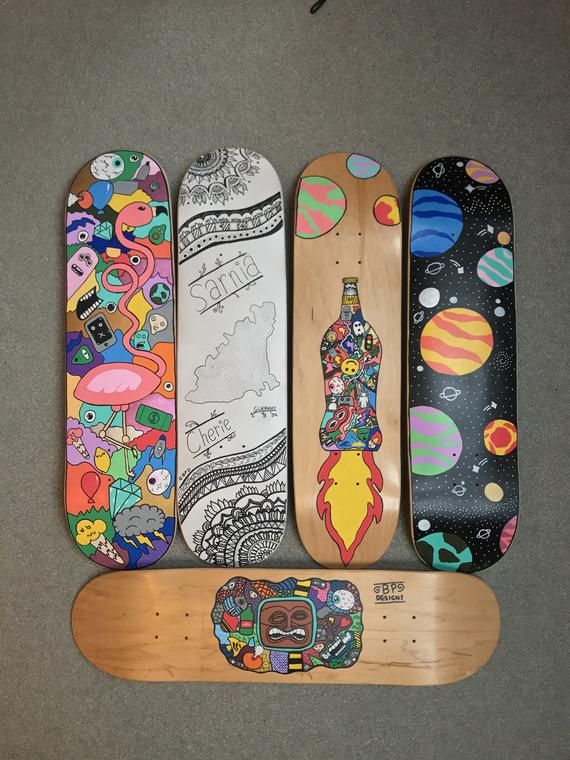Custom Skateboards is the most affordable print-on-demand maker for skateboards created in the United States. Since its inception in 1998, the company has been committed to producing long-lasting decks.
You can choose you custom Skateboard from the medium concave, steep concave, small, backwash hybrid, punk nose skateboards, and more.
Maintenance of a Skateboard
Like any other sport, Skateboarding necessitates frequent board maintenance to ensure a smooth and safe ride. If you ride your skateboard on the street frequently, it is likely to suffer from the same problems. It would help regularly inspect your deck, trucks, wheels, and bearings.
If you spend a lot of time performing tricks, grinding, or free styling at skate parks, you should inspect your board more frequently. A poorly-maintained skateboard will be challenging to ride, no matter how experienced you are.
Custom Skateboard Costs
You have to keep a few things in mind to ensure that your skateboard’s components are compatible.
Wheels that are either too hard or too soft should be avoided. Additionally, the type of surface you intend to skate on has an impact and should be considered.
Custom-made skateboards can cost anything from $90 to $500. If you want the best custom skateboard, you’ll have to fork up extra cash. You’ll get high-quality wheels, bearings, trucks, and an eye-catching design on both the top and bottom.
Essential parts of a custom skateboard
Decks
It is your skateboard’s most vital portion. It affects the terrain you can skate, the tricks you can execute, and the overall beauty of your completion.
Skateboards are 7″ to 10″ broad. Foot size is a popular guideline. It would help if you had a standing-height board. Some people enjoy a board narrower than their foot with toes and heels dangling off.
Length and wheelbase are significant measurements, but they are not as vital as width when buying your first board. Same with wheelbase or vehicle mounting hole distance.
Skateboard deck shapes vary. Since their invention, skateboard shapes have evolved. Popsicle shape has been standard for 20+ years. Modern Skateboarding’s most adaptable and efficient shape other shapes may be nostalgic.
Trucks
Trucks act as axles. They turn the board and attach the wheels. The width of your trucks should match the width of your deck. They should be near in width. You don’t want wider trucks or boards.
High, mid, and low trucks exist. High trucks may turn widely and have larger wheels. High trucks are suitable for ramp skating. Mid and low skateboard trucks are more stable.
Small urethane cylinders wrap around the kingpin to allow trucks to turn. All trucks have bushings, but you can change them to alter the burning sensation.
Wheels
Skate wheels have evolved. Now, most wheels are urethane, but they come in several varieties. Skateboard wheel diameter is measured in millimeters. Street skaters need smaller wheels than ramp skaters. 51mm to 54mm for beginners; these sizes provide a versatile wheel for most riding. A durometer measures a wheel’s hardness. Softer wheels help ride on asphalt roadways and bumpy sidewalks. Harder wheels are faster and better for skateparks and ramps.
Bearings
Metal bearings allow wheels to roll around the truck accel. They affect wheel speed. Bearing rates, materials, and quality vary widely. “You get what you pay for” applies to bearings. A set of steel bearings for around $20 can get you going, but ceramic bearings will boost your speed and last longer.
Hardware and grip tape
Hardware: Bolts that attach trucks to the deck. Nuts and bolts come in 8-piece sets 34″ -1 12″ hardware. They’re Philips-head or Allen-key bolts.
Grip tape is grit-covered adhesive tape. Deck grip tape is applied.
